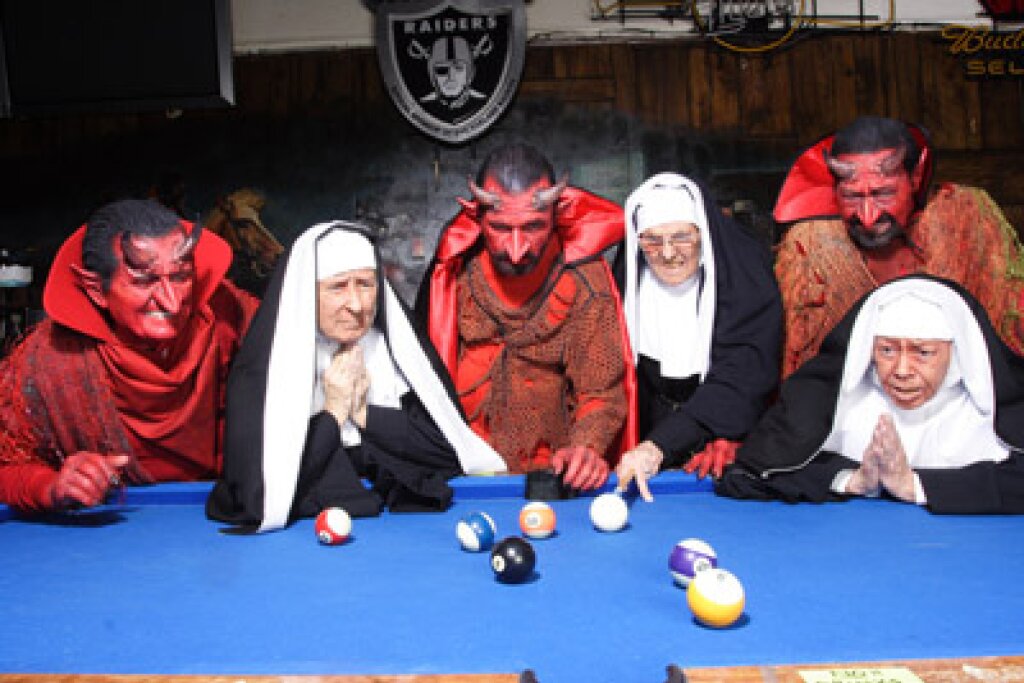This is the ninth installment of the Pelagia and the White Bulldog portion of “Rereading Akunin .' For the introduction to the series, and subsequent installments, go here.
CHAPTER 9
Night. The River
Pelagia is in danger. This is hardly a surprise; she’s the protagonist and sleuth in a murder mystery. If she weren’t in danger at least once, readers could sue Akunin for breach of contract.
The danger, however, is not merely mortal. It is spiritual, or phenomenological. Her very selfhood is under threat. This is not immediately obvious, because Akunin is not the sort of writer to give us characters cursed with introspection or struggling with an existential crisis.
Nonetheless, he is working in a genre that lends itself to ruminations over the nature of identity. This could be a matter of plot and plot twists, as in Agatha Christie’s The Murder of Roger Ackroyd, or it could be a much more explicit grappling with subjectivity, such as Jules Feiffer’s riff on Christie, Ackroyd, or Margarita’s Khemlin’s wonderful The Investigator.
Akunin’s novel is much more low-key when it comes to identity, but it still plays with some of the primary tropes for female characters in the mystery genre. Most obvious is that of the woman in peril for her life, a situation that certainly describes Pelagia in this chapter. But there is also the theme of self-transformation, or the makeover, used repeatedly by Alexandra Marinina in her novels about Nastya Kamenskaya. Though hardly a nun, Nastya has a fair amount in common with Pelagia: she is intelligent and analytical to an extent that surprises the men around her, and, though she cares little about her appearance, she can make herself stunningly attractive should the need arise.
Pelagia’s transformation is a bit different, however, and it brings us to our final trope: doubling. When Pelagia dresses up as a society lady, she is basically impersonating herself. She simply goes by her now-abandoned secular name, and claims that Polina is her sister. If this were a film directed by Hitchcock, or a novel written by almost anyone else, the uncanny doubling would be exploited for powerful effect.
But Akunin isn’t interested in psychosexual drama. Given his own admission that he’s bad at love stories, he’s probably incapable of it. Instead, the implied drama of the Pelagia/Polina split is psychospiritual. Pelagia’s conflict is between her sincere commitment to the cloistered life and her innate capacities as an unusual effective individual in the secular world.
She leaves the convent at her spiritual father’s request, and is immediately worried about the temptations posed but the wider world. Later, again at Mitrofanii’s urging, she is obliged to disguise herself as Polina, that is, as a version of the woman she used to be before she took her vows. Mitrofanii must have a great deal of faith in her, because otherwise he is acting in the traditional diabolical role, repeatedly throwing temptation in her part.
Again, this is a drama that is so low-key as to be almost invisible. The extent of Pelagia’s “fall” is that she worries about enjoying the secular world too much. Here Akunin’s well-known antipathy for Dostoevsky is particularly apposite, as Pelagia could so easily be a character in the Dostoevskian mold.
Instead, the crisis, such as it is, is played out first in terms of identity, and then as symbolic death and rebirth. Just last chapter Pelagia found herself uncomfortably eavesdropping while some of the men took apart her Polina’s character piece by piece. Pelagia is not having a breakdown, but she is often on the verge of being broken down.
And now, in Chapter 9, comes the resolution: Pelagia descends into (metaphorical) hell, nearly dies, and emerges from the waters ready to solve the crime.
It starts at the end of Chapter 8, with her visit to Naina Georgievna’s house, a visit that is preceded by a choice of identity:
Of course, it would have been simpler to go straight to the princess’s house in the character of Mrs. [Polina] Lisitsyna, but respectable ladies did not go driving around the town alone at night, and they certainly did not wander about on foot— that would attract far too much attention. But who would take any notice of a humble nun?
She may not know it, but she is done with her Polina identity, at least for the rest of this novel. When she approaches he house at the beginning of Chapter 9, she also joins a Gothic narrative, already in progress. The path to the house is dark and foreboding, occasionally punctuated by lightning, “a momentary orgy of satanic brightness, then again blackness.” It takes her several pages to make her to the house, a classic move for building up suspense.
Naturally, no one is there to answer the door. Instead, she finds first one dead female body, and then another dying one. A servant lies motionless on the floor, while a bloodied Naina Georgievna greets Pelagia with a plea for last rites, and a few puzzling words about an aspen and a mattock. Then she dies, and Pelagia is attacked by an unknown assailant.
Pelagia runs from the house, taking refuge in a tree, finally diving into the river to escape her attacker. Nearly drowning, she resigns herself to her fate, before finally washing ashore. Making her way to a pavilion, she discovers gardening tools, including a mattock. She realizes that Naina Georgievna had been telling her where the dogs had been digging, indicating that some secret must be buried there. Frantically, she digs, and finds a child’s head and an adult’s hand. And then she faints.
Pelagia has spent this chapter surrounded by the dead, nearly losing her own life. This is a fitting turning point for the novel, because after Chapter 9, Pelagia will no longer have to pretend to be anyone but herself, and will be an unstoppable force dedicated to solving the book’s many mysteries.



